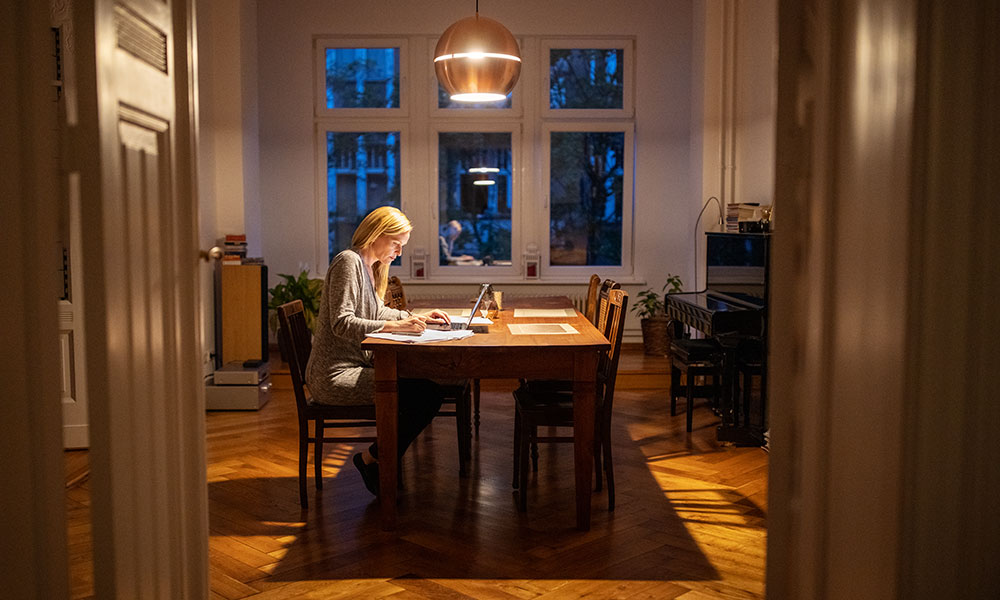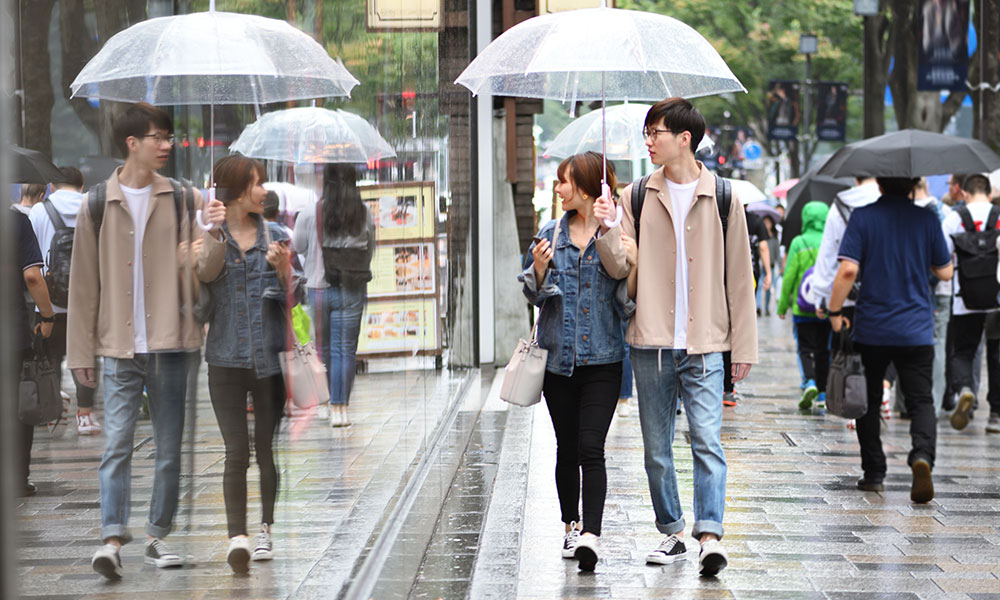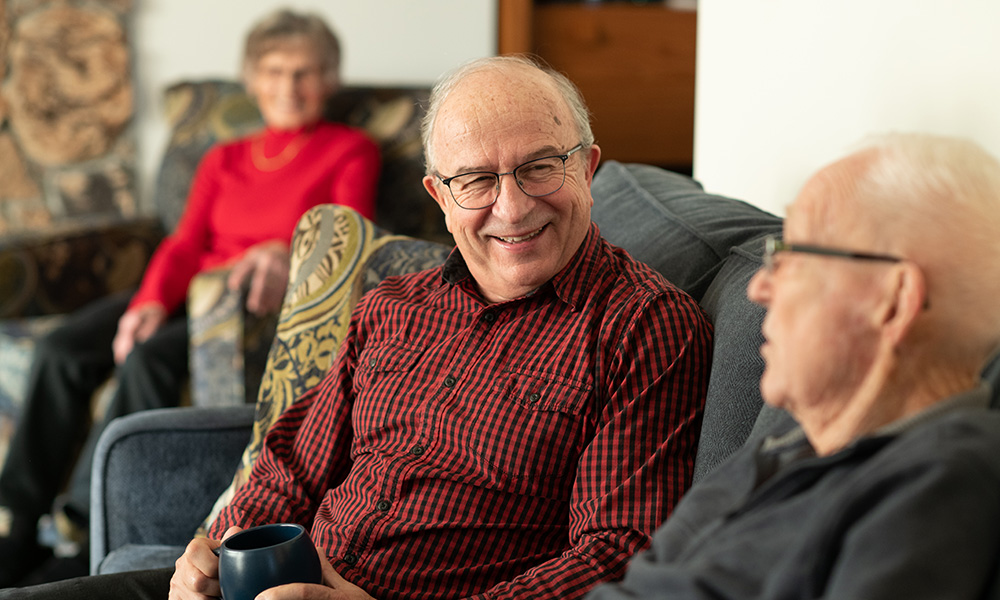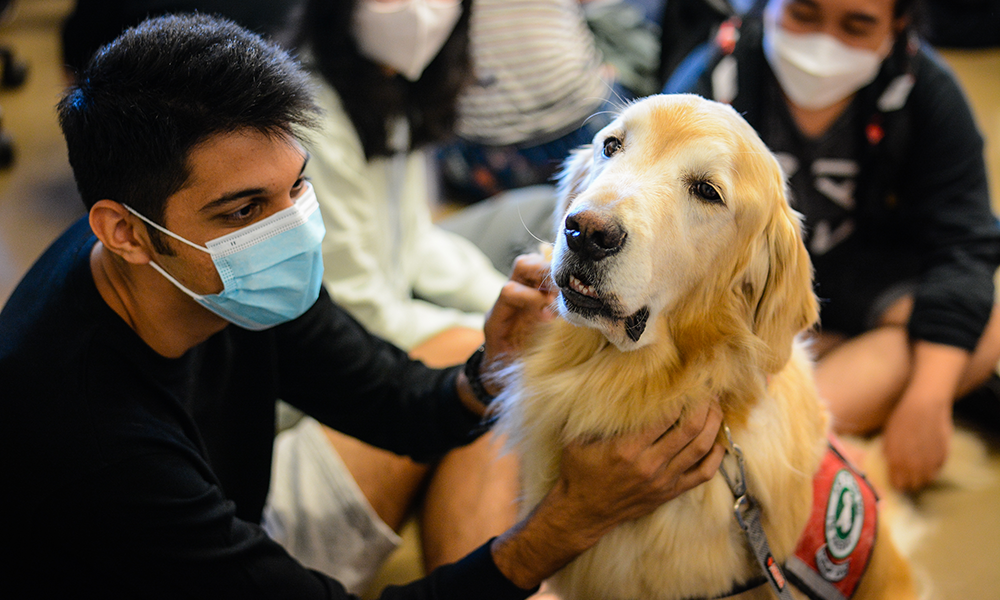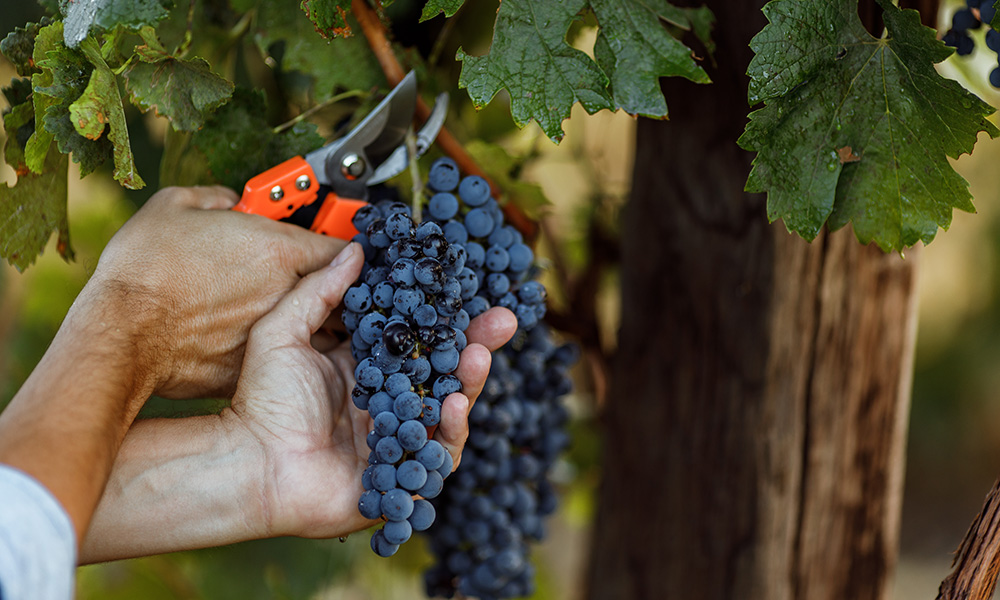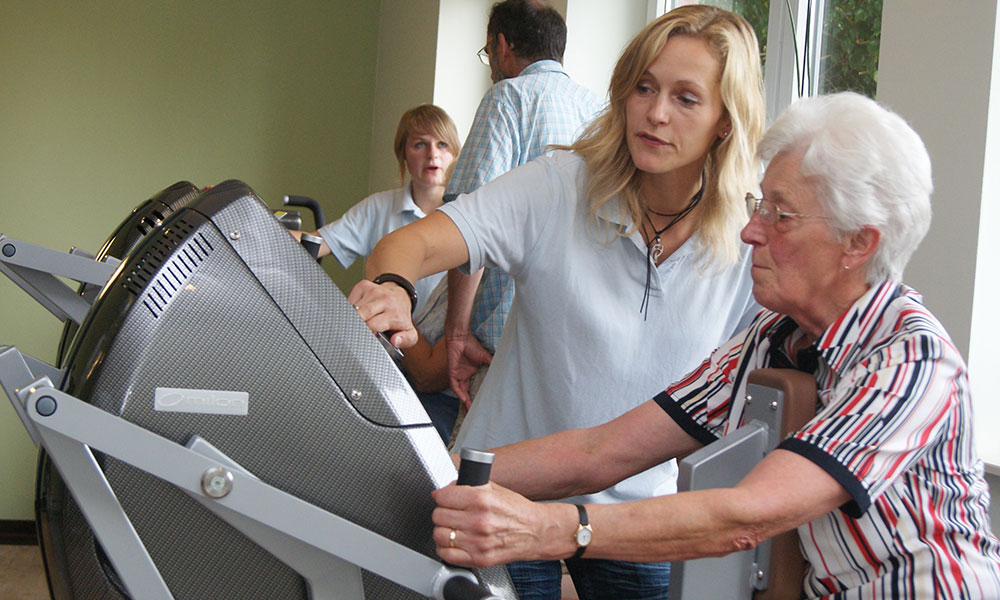
UBCO is one of the first universities in BC to join the global Age Friendly University network, an organization that brings learning institutions committed to age-friendly programs and policies together to discuss policies and ideas.
With more than 85 per cent of Canadians saying that being able to age in their own homes and communities is important, researchers at UBC Okanagan have taken this statistic seriously.
Dr. Jenn Jakobi is a Professor with UBCO’s School of Health and Exercise Sciences and Director of the campus’s Aging in Place Research Cluster. As part of this initiative, Dr. Jakobi spearheaded an application to join the global Age Friendly University network.
That network, established in 2012 by Dublin City University, brings learning institutions together that are committed to age-friendly programs and policies. As one of eight Canadian universities in this network, and the first in BC, UBCO will have the opportunity to learn about emerging age-friendly efforts and contribute to an international educational movement of social, personal and economic benefit to students of all ages.
Dr. Jakobi explains why keeping pace with our aging population is important and how membership with the Age Friendly University global network will make a difference to our community.
Can you explain the mandate behind the Age Friendly University global network?
The Age Friendly University (AFU) global network was established on a set of 10 principles aimed at improving the age-friendliness of the policies, programs and spaces on campuses across the globe. Established by an international, interdisciplinary team led by Dublin City University, the AFU principles reflect the distinctive contributions that institutions of higher education can make in responding to the interests and needs of an aging population as well as the important and potentially underappreciated roles older adults play on campus. Launched by Irish Prime Minister Enda Kenny in 2012, the 10 AFU principles have been adopted by institutions in Ireland, the UK, the US, Canada, and beyond. UBC Okanagan is the first in British Columbia.
The AFU network asks members to evaluate their institutions on the 10 AFU principles and to seek out ways to improve and nurture these principles. Joining the AFU network provides institutions with a guiding framework for distinguishing and evaluating how they can shape age-friendly programs and practices while continuously identifying growth opportunities.
Now that UBC Okanagan has joined this network, what changes on the campus? And in the community?
UBC Okanagan has a strong research program in aging-related topics across disciplines and is already well on its way to fulfilling the AFU principles. Joining this global network of institutions committed to a campus inclusive of learners, employees and community members of all ages allows UBCO to formalize and share how we are a campus community committed to the inclusion of all people.
The AFU principles can be applied beyond the realm of “age” and speak to the overall importance of diversity, accessibility and inclusivity in higher learning—ultimately improving the campus experience for all.
In the 2014 Aspire Report, UBC Okanagan identified community engagement and involvement as important priorities moving forward. As the university works toward these goals, age friendliness must be a priority considering the demographics of the region as a “retirement hub”. Statistics indicate the Okanagan is greyer than the rest of Canada, and this cohort of citizens is highly active and engaged.
Older adults represent the largest group of attendees from outside the university at community-oriented campus events and engagement of older adults is already embedded across research and community outreach. With the goal of supporting collaborative networks, UBCO will explore and develop ways to elevate existing programs and expand partnerships that support older adults in our community.
What are the goals of UBCO’s Aging in Place Research Cluster? Are there specific research projects related to this initiative?
The Aging in Place Research Cluster at UBCO aims to support the needs and choices of older adults through interdisciplinary research for the development of knowledge to support in-home approaches including supportive technologies and physical activity for maintaining independence and wellbeing.
Our research team is committed to participatory research approaches that include older adults throughout the process to ensure that research questions, engagement and results are relevant and readily translatable to real solutions that improve the experience of aging. Our group, as well as many other UBCO researchers and groups including the Institute for Healthy Living and Chronic Disease Prevention and The Age-Link Society, work hard to actively share research findings and engage with older adults in the form of lecture series and events.
People might think a university is an institution just for young students. Does being an Age Friendly University change that?
Acknowledgement of the diversity of the student body, but also of all the other individuals that keep a university going from day to day, is important.
On our campus we have older students, faculty, staff and members of the community that contribute to the campus experience. We also know that diversity, including diversity in age, improves the learning experience for everyone.
According to our most recent survey, UBCO students and faculty overwhelmingly agreed that older learners added significant value to their classroom experiences. Despite this, we also heard from many older students, faculty and staff that they felt alone or isolated on campus because much of the campus culture is centred around young people. Our hope is to leverage the AFU framework to address this feeling and ensure that UBCO is a welcoming and inclusive community for all people.
In addition, we hope to shed light on campus accessibility. Campus accessibility is not only important for older learners and visitors, but also for improving the experience of students, faculty and staff of all ages and abilities.
The post UBCO joins Age Friendly University global network appeared first on UBC Okanagan News.


